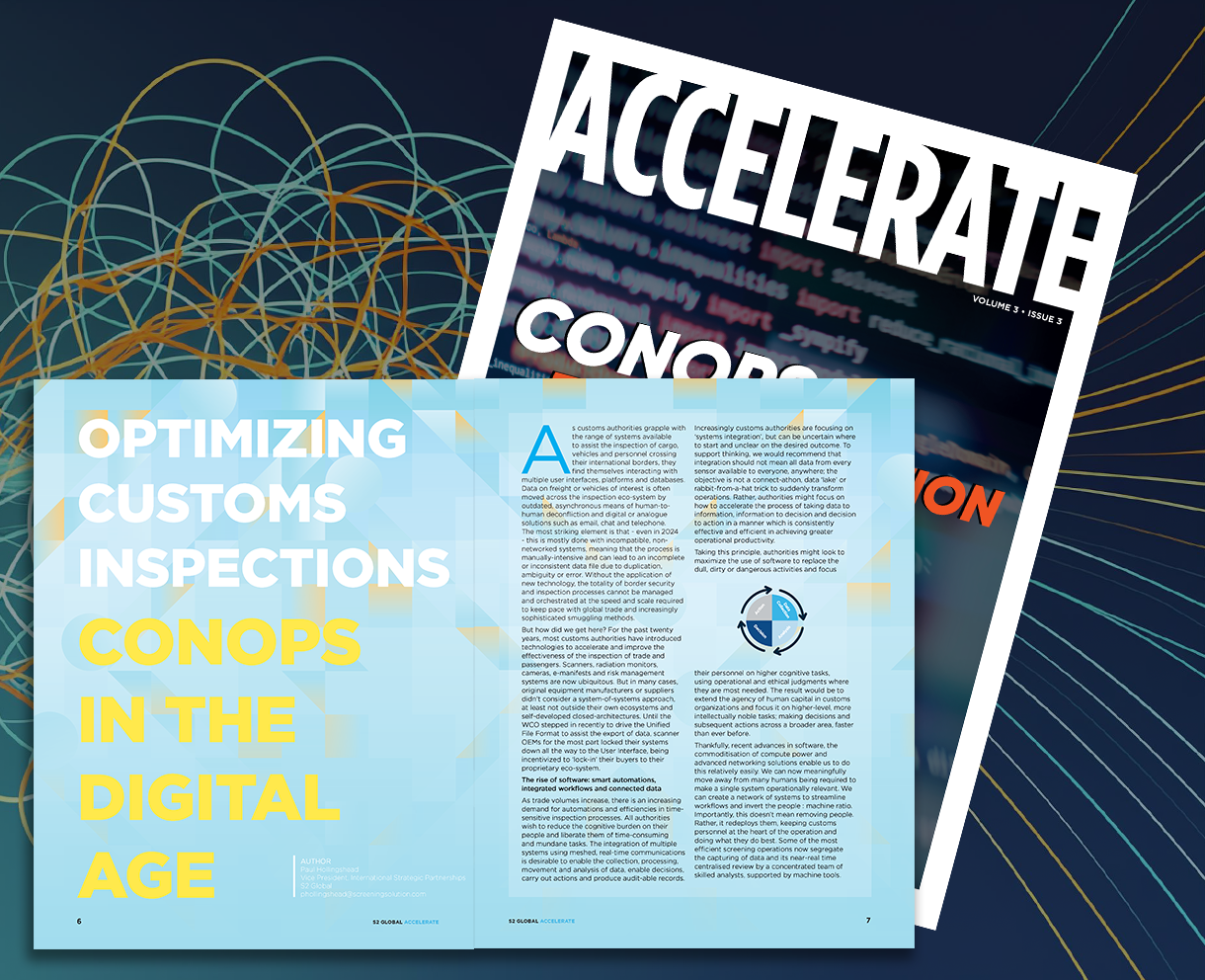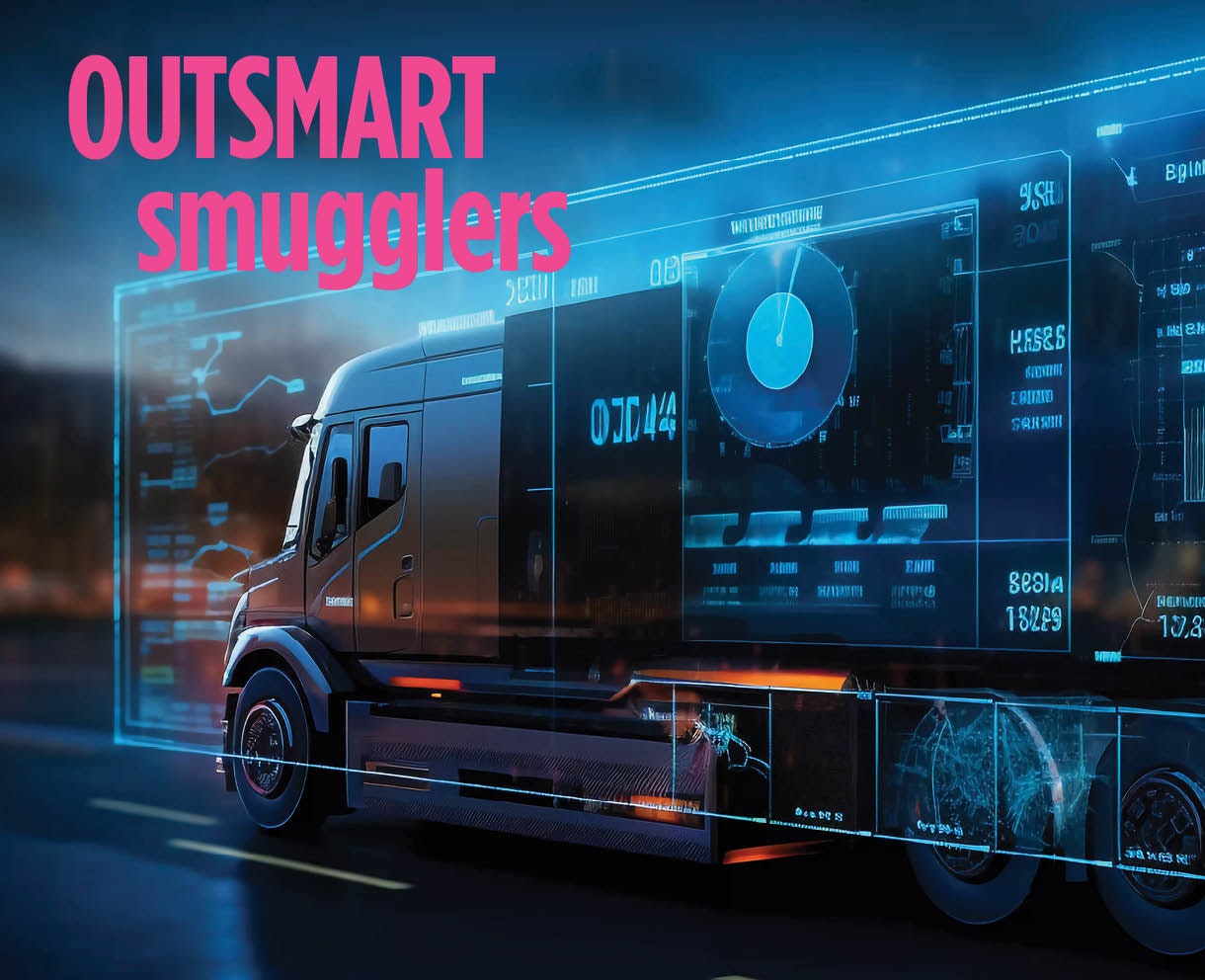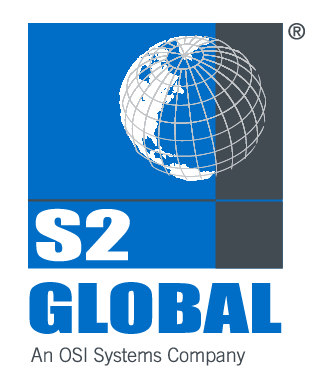Border Security – Scanning And Threat Detection – The Path To Ai
Border Security – Scanning And Threat Detection – The Path To Ai

As the global trade environment becomes more interconnected and the movement of people and goods across borders increases in complexity, detecting threats to national security becomes more difficult. A central goal of every border security agency’s modernization agenda is to use innovation and technology to improve the ability to protect society. The obligation to modernize is partially driven by the rapidly evolving nature of the threat landscape – use of new technology is critical to ensure agencies are ahead of, or at least keeping up with, their adversaries’ adaptability – but it can also reflect political and budgetary change, meaning the perennial pressures to do more with less.
With the push to innovate and streamline, it is no surprise there is keen interest in the potential of Artificial Intelligence (AI) to enhance scanning and threat detection. On paper, the automation of decisions would enhance both mission effectiveness and governance.
But if AI is the future, the path to get there rests heavily on each agency’s starting point. AI’s success should be built upon a solid foundation of appropriate inputs, including a significant body of scanned images and the appropriate algorithms to guide machine learning towards reasonable, accurate outcomes.
A key factor is developing a clear operational direction. While many border security agencies share a common overarching mission, the specifics will be impacted by political, financial and physical influences unique to each. Furthermore, they face adaptable adversaries, constantly developing methods to exploit weaknesses.
STEP ONE – ESTABLISH A BASE IN DETECTION PLATFORMS USED AT THE OPERATIONAL LEVEL
The selection and acquisition of detection systems will be driven by threat factors, physical environments, stakeholder issues (such as desired throughput rates) and budgets. Detection devices should be viewed simply as data capture platforms. The data obtained can be measured in terms of its volume, variety and value. As industry continues to improve sensors at the hardware level, the data also improve.
STEP TWO – FUSE THE DATA
The greatest problem an agency faces in managing data at the borders is the volume and variety. To effectively analyze data and look for patterns, anomalies or relationships, the data must be brought into one location. This requires a vendor-agnostic, common network whereby data gained from the various technologies are brought into one unified platform and normalised.
STEP THREE – AUTOMATE SECURITY WORKFLOWS
With a common operating picture, the operations team can choose how a series of processes are sequenced from initiation to completion. With the data pooled together, it can be queried to investigate anomalies or confirm relationships. The agency can coordinate and automate how information is linked, identify trends, provide forecasts and quantify risk. This leads to process improvements, increased efficiency, and ultimately improved border security.
STEP FOUR – AUGMENTED INTELLIGENCE OR ARTIFICIAL INTELLIGENCE?
With more data, Machine Learning models can make better decisions. This will expand the value of data, predict likely scenarios, detect previously undetected patterns and improve decision making. But there are risks. For example, using commercially available ‘automatic detection tools,’ there can be too many false alarms. Operators relying on software to indicate a threat often means that they ignore their training and logic.
While some software can augment analysis, when it comes to flagging anomalies for consideration or doing repetitive low value analysis, the onus remains on humans as the ultimate decision-makers. Mitigating people being the weak link in the process requires a culture of threat-specific training and sound operational governance to prevent compromise.
TAKING THE RIGHT NEXT STEPS
The future may well remain with AI automation as the goal, but at this time, there is a lot of work to be done to reach a position where agencies can leverage AI. Regardless of when the solution presents itself, the foundation should remain the same – determine a clear operational intent, relevant to the agency’s specific environment. In the interim, operational effectiveness can be improved and made more achievable by:
acquiring systems that improve the veracity and variety of data;
aggregating and normalising the data output from any legacy portfolio of sensors;
automating practices to exploit that data for actionable intelligence; and
continually enhancing the capabilities of the staff who deliver border security on the frontline.

CONOPS Transformation
By the end of this issue, you’ll have a comprehensive understanding of how to leverage technology to elevate your operations.

S2 University Image Analysis is Now CPD Certified
Tested and approved for CPD Certification, the S2 University 5-Day Image Analysis Program builds skills to increase detection of trade fraud, contraband, weapons and dangerous material.

Outsmarting Smugglers: Contraband detection in the era of AI
AI is transforming smuggling detection by predicting high-risk shipments through analysis of various textual data. The emerging frontier is image-recognition algorithms trained on thousands of X-ray images annotated by experts. As smuggling techniques get more sophisticated, so too must our methods of detection.
